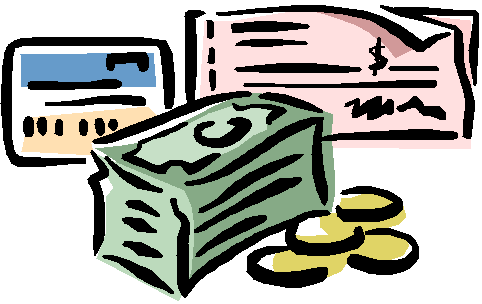Money, can you live with out it?
The earliest known use of money occurred around 2500 BC!
Before that time goods were typically exchanged for another, (barter) the concept of using money greatly expanded the variety of goods available. For example a wheat farmer could only trade his product for goods that others were willing to trade for wheat. This was a problem as he could not purchase exactly what he needed in every instance.
Without the use if money, we would still be forced to barter just as in ancient times.
Various types:
Commodity Money: Is valued about equal to the type of material contained in it. Such as gold, silver, copper.
Credit Money: This type of paper money is backed by the issuer, either a government or bank. To be valued at an equivalent amount of gold or silver.
Fiat Money: This is what we are all familiar with and featured on the right side of this page. Usually starts off as Credit Money, however it becomes fiat when the issuing agency (government) no longer guarantees its value in precious metal.
Value:
The real value of money is determined by its purchasing power, which is dependant on several factors. The most significant being the quantity in circulation. Simply put, if there is more money available to the public and it's not spent properly, the overall value decreases.
Exchange Rates:
Most currencies manage their own central banks and controls their money supply. Several economic factors may influence how much a certain currency is valued against another. This is known as free or free-floating; while a set pre-determined exchange rate is known as pegged. While the use of a pegged exchange rate was common in the second half of the 20th century. Most governments have opted to free-float to stimulate foreign trade. They are still approximately 50 pegged currencies; most are to the dollar or the euro.






